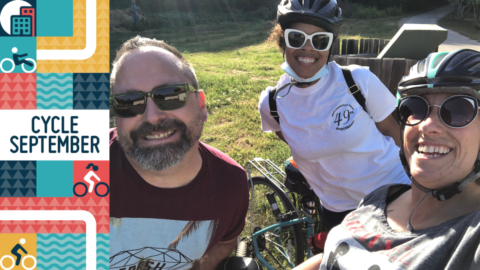Low Traffic Neighbourhoods and Population Health
-
Modeshift Travel Champion – Everyday people inspiring everyday journeys
/ Modeshift News, International Women's Day, top, travel champion
Modeshift Travel Champion – Everyday people inspiring everyday journeys Alice Dale our Active Travel Ambassador (ATA) Coordinator for the...
-
Spotlight on Modeshift Partner Partner Brightkidz Working with Play Streets
/ Modeshift News, Brightkidz, Play Streets, Spotlight on Modeshift Partner
Play Streets Collaboration for Modeshift Partner Brightkidz. Giving children the opportunity to play out safely in their own neighbourhoods...
-
West Suffolk developments among residential projects recognised with Modeshift STARS award for sustainable travel arrangements
/ Modeshift News, Modeshift STARS, red, residential developments, top, West Suffolk Developments
Over 20 residential developments across the region have received an award for planners’ work in promoting sustainable and active...
-
Living Streets launches new tool to help children stay active at home
/ Modeshift News, Living Streets, stay active at home, WOW activity tracker
Living Streets has launched the new WOW Activity Tracker to help children stay active while schools remain closed to...
-
StaySafeGetActive
/ Modeshift News
Pupils encouraged to StaySafeGetActive As pupils prepare to return to education in September, a national initiative has been launched...
-
Secure your place at The Modeshift TravelWise & STARS Business Conference 2023
/ Modeshift News, Modeshift STARS, Business Conference, Modeshift TravelWise & STARS Business Conference 2023, top
Modeshift TravelWise & STARS Business Conference 2023: Switchable trips: from private car to active travel and public transport. The...
-
Cycle September is coming!
/ Modeshift News, active travel, Cycle September, cycling, Love to Ride, top, TravelWise Week
Cycle September is coming! Whether you’re a regular rider or it’s been a while, Cycle September is for you...
-
Yorkshire Energy Park team inspire next generation
/ Modeshift News, Modeshift STARS, active travel academy, Modeshift STARS, top
Yorkshire Energy Park team inspire next generation We’re proud of the students at Holderness Academy & Sixth Form College,...














